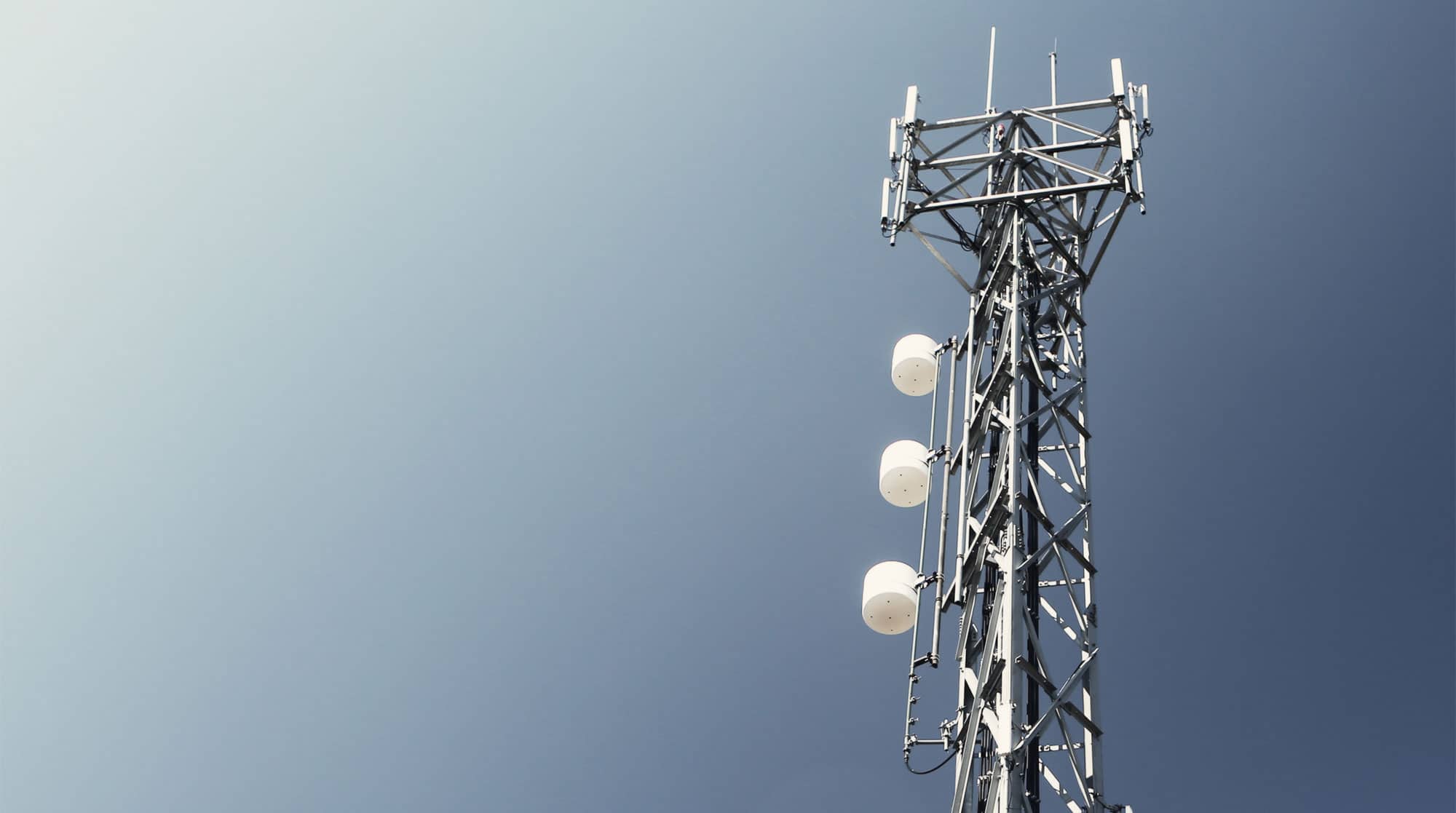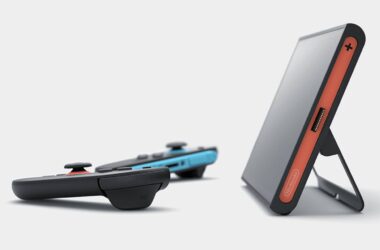High-speed 5G networks are in reach of more Australians, as Telstra announces just how much coverage there is for mobile connectivity.
You might occasionally struggle with reception for your telco, but if you’re on Telstra, there’s a good chance you’re not having a problem with the bars on your mobile signal, with the telco talking up just how strong its connection reach goes.
It’s very strong across 3G and 4G, the latter of which is easily among the most important, but it’s also growing in the world of 5G, something which is still nascent, but is gradually building up.
In the world of 4G — which represents most phones available in Australia — Telstra has hit a staggering 99.4 percent of the population, covering more than two million square kilometres. It’s large, and nearly as big as the 3G reach, which sits at 99.5 percent of the population reach, covering 2.5 million square metres, the telco says.
The newest technology, 5G, doesn’t quite offer the same coverage yet, but Telstra says its growing, with more than 1.5 million 5G devices on its network already and a coverage of 75 percent of the population. That could be due to the last year’s assortment of 5G iPhones, including the iPhone 12 and the iPhone 12 Pro Max, but it might also have to do with the lower cost 5G devices, such as the Google Pixel 4a with 5G and the Motorola G 5G Plus.
“One of our priorities over the last year was bringing Telstra 5G to as many people as possible and this major milestone means that now three-quarters of Australians live where there is Telstra 5G,” said Nikos Katinakis, Group Executive for Networks and IT at Telstra.
“We’ve extended Telstra 5G well beyond the inner cities to our suburbs, regional centres and rural areas,” he said. “We have almost three times the number of 5G sites as our nearest competition and nearly twice the amount of people covered.”
There’s still clearly some way to go, with 5G needing to get up to 4G’s levels as the technology improves. However it is improving, and with the second type of 5G technology — mmWave — set to roll out in the months to come and joining the current Sub-6 technology, it may not be too long before more Australians are connected beyond the speeds 4G offers.






